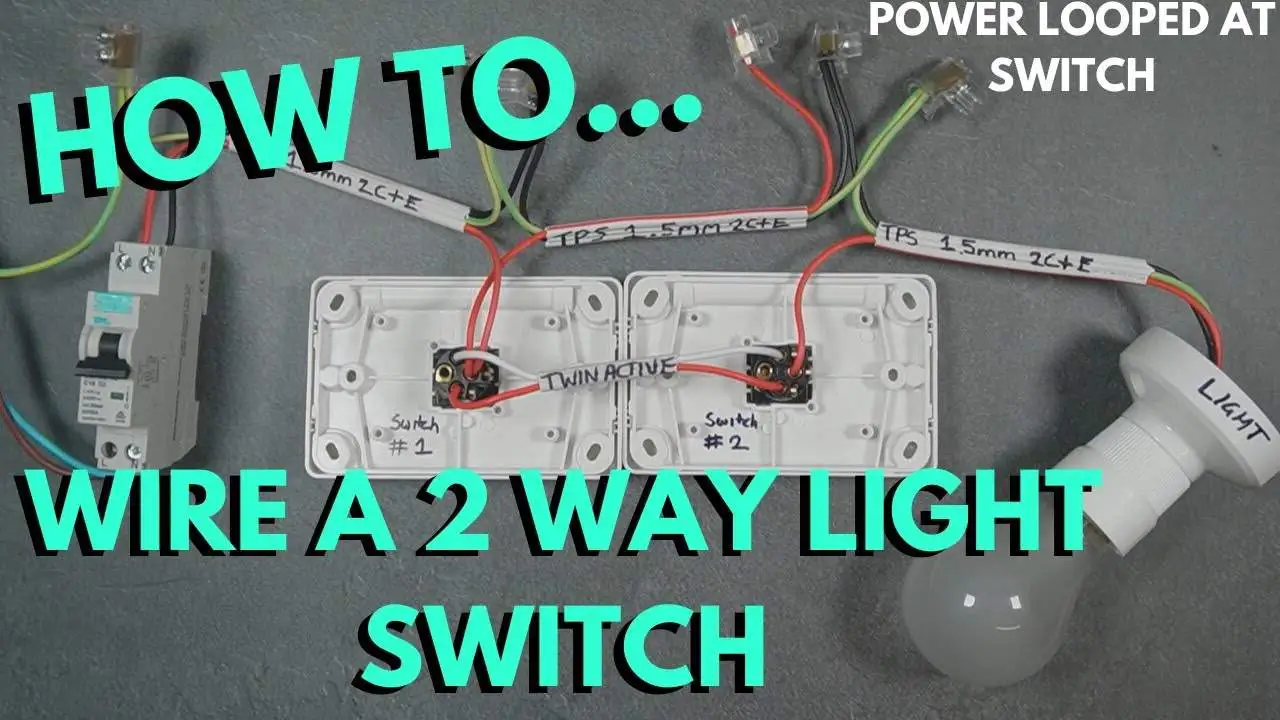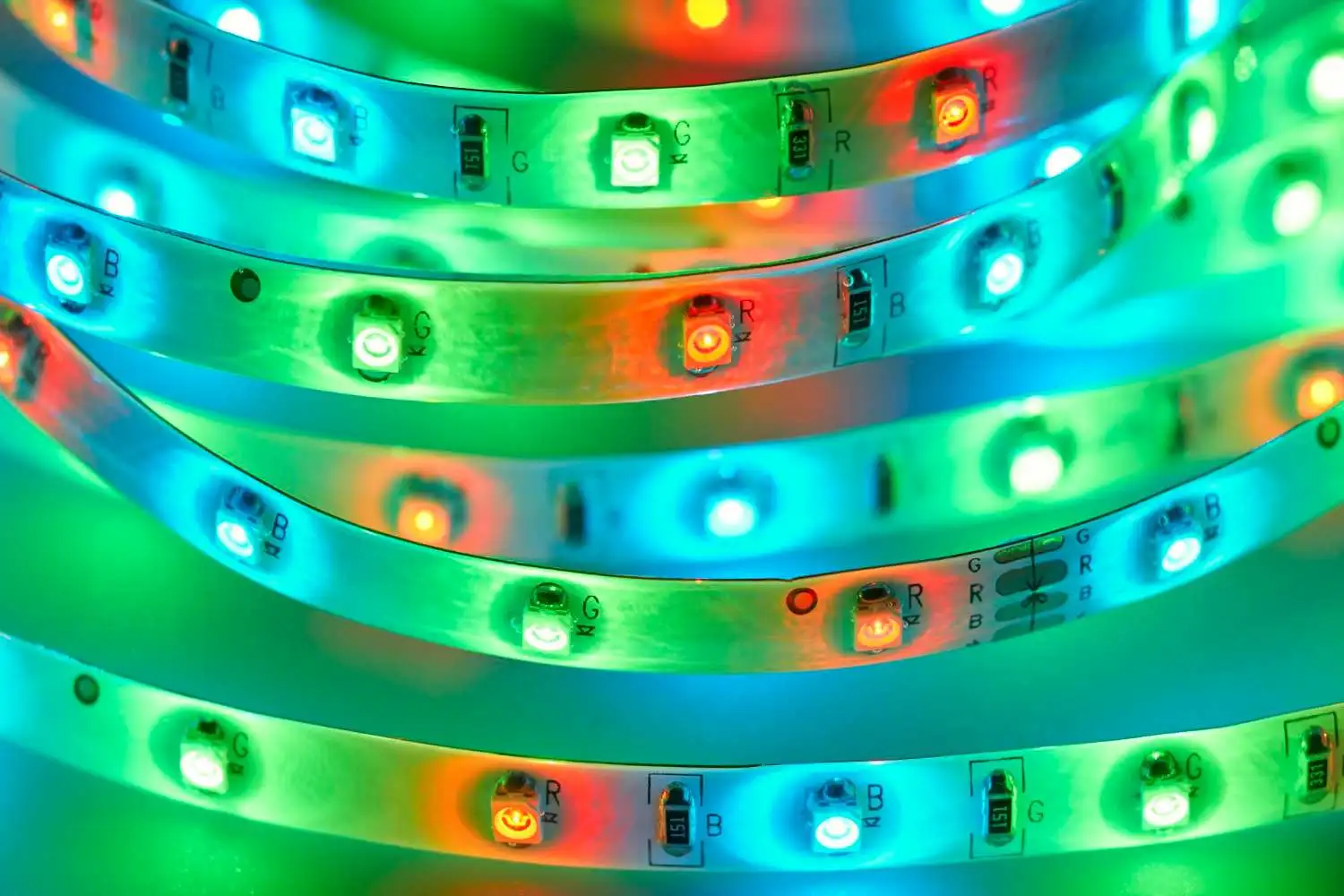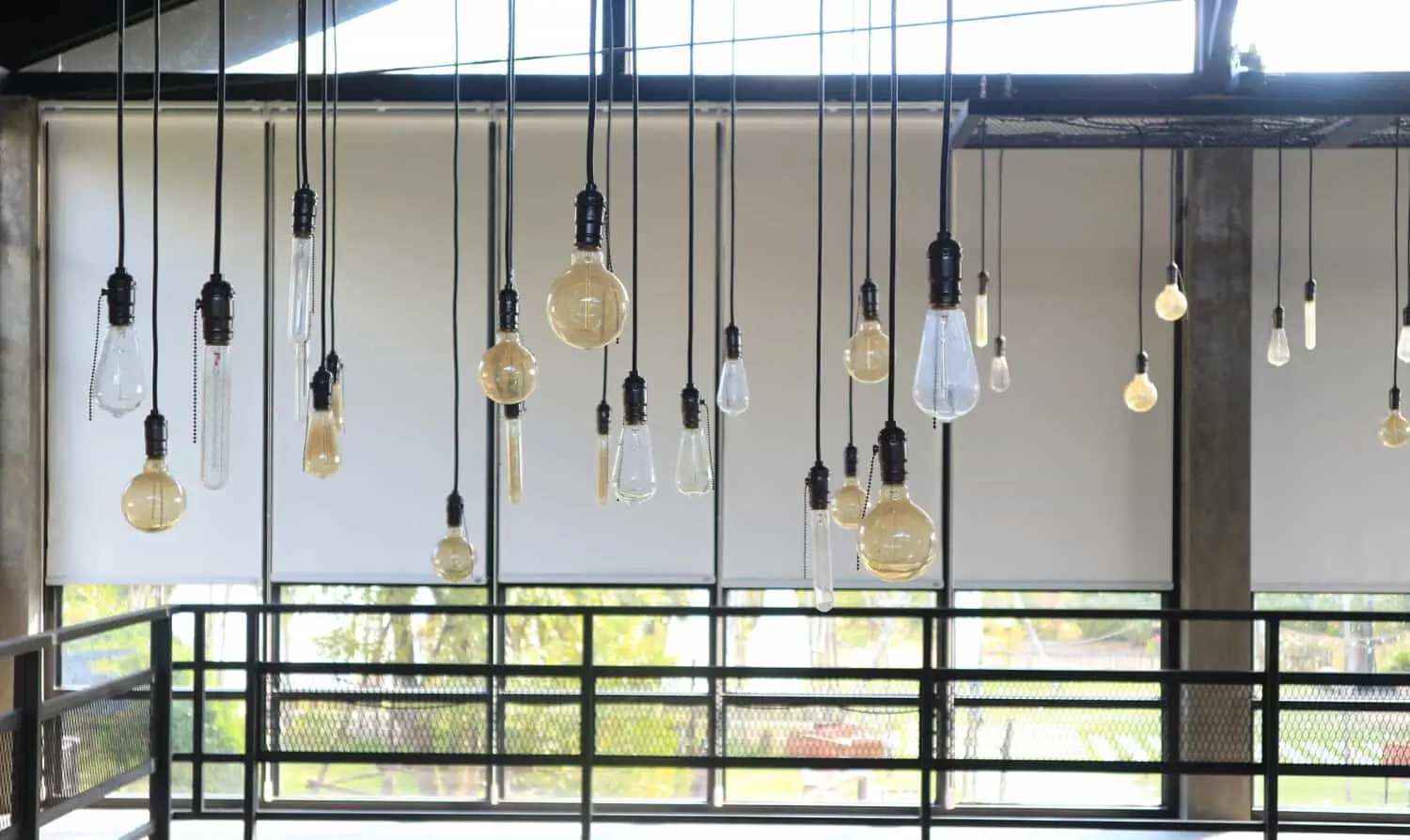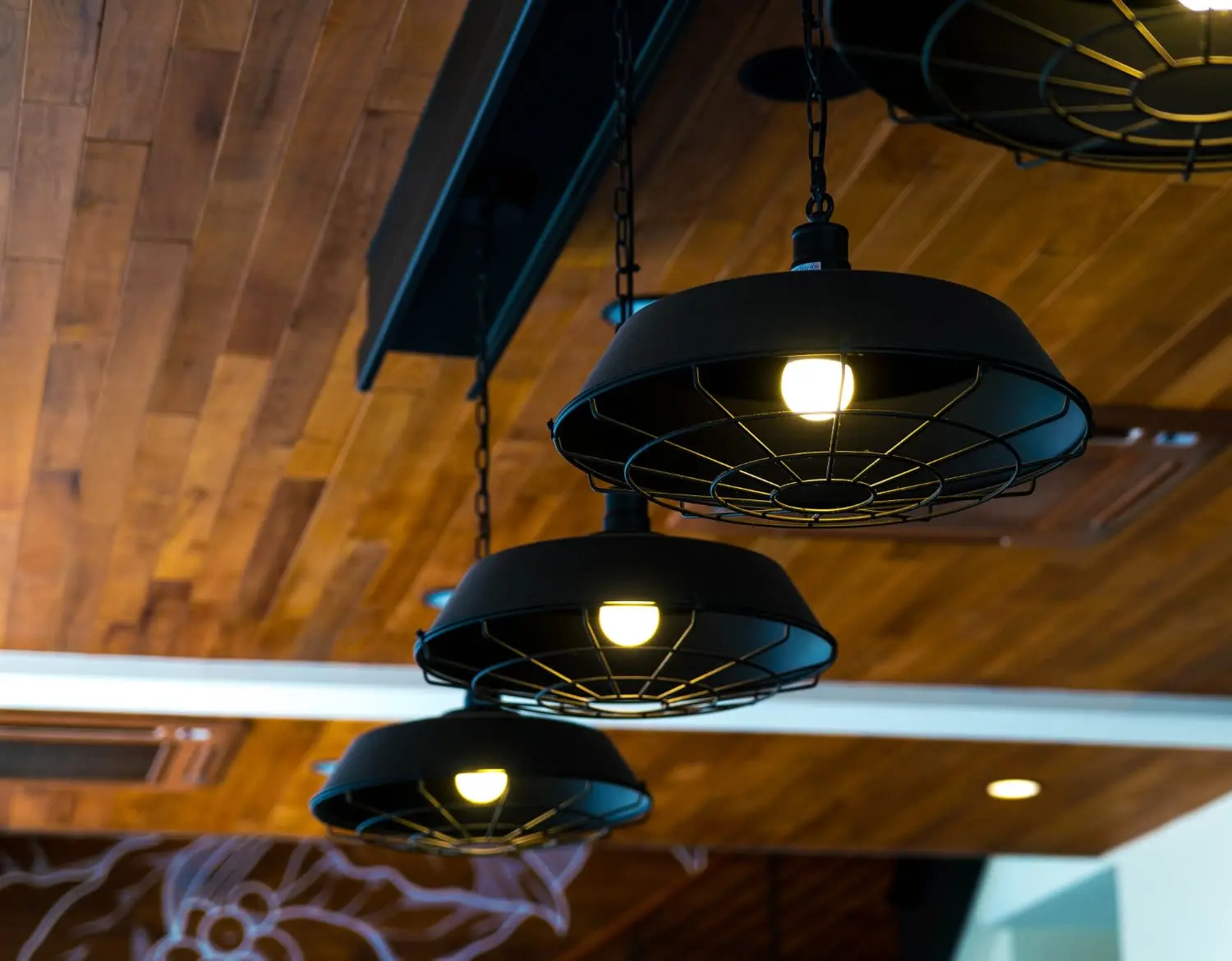
The Ultimate Guide to Built-In Shelf Lighting
Explore guide to built-in shelf lighting. Learn about LED strips, puck lights, recessed lights, tape lights, and their installation tips for perfect ambiance.
Stage performances have always captivated audiences with a blend of sound, action, and visual elements. Among the most mesmerizing visuals are laser lights, whose brilliant beams and patterns dance in sync with music, transforming an ordinary stage into a realm of magic and spectacle.
Lasers, while now synonymous with modern concerts and performances, have a rich history. Their journey began in the 1960s, shortly after the invention of the first laser. Over the years, as technology evolved, so did their presence on the stage. From being a rare spectacle in early rock concerts to becoming a mainstay in today’s grandest performances, laser lights have truly revolutionized the way we experience live shows.
From the subtle gleams of yesteryears to the technicolor displays of today, laser lighting in stage shows has undergone a remarkable transformation.
During the dynamic eras of the 1960s and 1970s, the world of music and stage performances was in flux. It was in this vibrant backdrop that laser lights first made their entrance. Their initial role was simple, showcasing basic beams and a limited color palette. However, even in their nascent stages, they brought a touch of modernity, hinting at a futuristic concert experience. Iconic rock bands and trailblazing artists of that period were the first to embrace this technology, integrating laser lights into their theatrical presentations.
Fast forward to today, and the landscape of laser lighting has dramatically shifted. Advances in technology have elevated these lights to new heights. Modern lasers boast advanced systems, allowing for a myriad of vibrant colors and complex patterns. Their synchronization capabilities with music have also evolved. In large arenas, audiences witness sweeping, rhythmic beams, while smaller venues enjoy intricate designs that move seamlessly with the music. This blend of art and innovation offers audiences an immersive visual treat.
Laser lights, though seemingly magical in their displays, are grounded in both artistic vision and technological precision. Their ability to captivate audiences lies in their union of design and timing.
Laser lights are not merely about bright beams. Behind every display lies meticulous planning and design. Advanced software allows technicians and designers to craft intricate patterns, from swirling spirals to pulsating grids. Each design is calibrated to ensure that the audience experiences a visual spectacle, whether it’s the gentle movement of waves or the rapid burst of geometric forms. This artistry in design provides not just visual appeal but also contributes to the narrative of the performance, enhancing the storytelling aspect of the show.
Perhaps the most enchanting feature of laser lights is their ability to move in harmony with music. It’s not just about flashing lights; it’s about creating a visual representation of the rhythm, melody, and mood. Sophisticated software plays a pivotal role here, allowing technicians to sync every laser pulse, flicker, or sweep with specific musical notes or beats. Whether it’s the crescendo of a song or the gentle lull of an instrumental, laser displays can be timed perfectly, adding depth and dimension to live performances. This synchronization turns concerts into a multisensory experience, where visuals and sound meld seamlessly.
When it comes to laser lights, safety is paramount. Despite their allure, lasers can pose risks if not handled properly. Here’s a look at why safety is essential and the common protocols in place.
Potential Dangers: Lasers, especially high-powered ones, can be hazardous. They can cause eye injuries or even burns if not handled correctly.
Safety = Successful Shows: A safe environment ensures that audiences can enjoy the show without any worries. It also protects performers and crew members.
Regulatory Compliance: Many regions have regulations governing the use of lasers in public performances. Adhering to safety standards is not just best practice; it’s often the law.
Protective Gear: Technicians and performers may wear safety glasses or goggles, especially during setup or rehearsals.
Audience Distance: Lasers are often positioned so that their beams are above the audience’s head level, minimizing potential direct exposure.
Routine Checks: Equipment should be routinely inspected for any faults or malfunctions.
Training: Only trained professionals should operate laser equipment during shows, ensuring they understand the intricacies and potential risks.
Remember, while laser lights add a magical touch to performances, ensuring safety makes the magic happen without any hitches!
While laser lights are more energy-efficient than traditional stage lighting, they still consume power. The good news? Advances in technology are making lasers more efficient, and some shows are even harnessing renewable energy sources to power their performances.
The production and disposal of laser equipment raise questions about material use and waste. The industry is responding with recyclable materials and waste reduction strategies, aiming for a greener stage.
Outdoor laser shows can contribute to light pollution, affecting both wildlife and our view of the stars. By directing beams carefully and choosing appropriate times for shows, we can mitigate these effects and keep the night sky dark.
The future looks bright with innovations aimed at reducing the environmental impact of laser shows. From solar-powered systems to eco-friendly lasers, the industry is exploring ways to dazzle audiences without dimming the planet’s future.
Laser lights have been the showstopper in numerous concerts and stage performances, elevating the experience to new heights. Let’s delve into some performances that have become synonymous with their breathtaking laser displays.
Setting the Standard: Pink Floyd has always been at the forefront of live show innovations. Their Pulse Tour in the ’90s showcased lasers like never before, creating ethereal patterns that resonated with their psychedelic sound.
Highlights: Lasers shooting from the stage, illuminating the audience and the iconic pyramid prism representing their “Dark Side of the Moon” album.
Electronica and Lasers: Jean-Michel Jarre‘s concerts are known for their fusion of electronic music with jaw-dropping light shows.
Highlights: Lasers dance in sync with every beat, creating a visual symphony for viewers.
Colorful Bonanza: Known for their visually appealing concerts, Coldplay used lasers to their full potential in this tour.
Highlights: A rainbow of lasers complementing their colorful confetti and balloon-filled performances, especially during hits like “Yellow” and “Paradise.”
A Winter Fantasy: Mixing rock opera with lasers, the Trans-Siberian Orchestra‘s winter tours have always been a treat.
Highlights: Snowfall accompanied by blue and white lasers, creating a magical winter wonderland on stage.
These performances serve as a testament to the captivating power of laser lights when seamlessly integrated with music and stagecraft. It’s no wonder lasers continue to be a sought-after element in stage productions worldwide!
As we’ve navigated the rich history of laser lighting in performances, it’s evident that the fusion of art and technology is ever-evolving. But what lies ahead for laser lighting in concerts?
Higher Precision Lasers: With advancements in technology, lasers are set to become even more precise. This precision can lead to more intricate patterns and designs that weren’t feasible before.
Interactive Laser Systems: Imagine a concert where lasers respond in real time to audience movements or sounds! With the integration of AI and sensors, this could be a reality soon.
Integrated Visual Experiences: Augmented Reality (AR) and Virtual Reality (VR) combined with lasers can create immersive concert experiences, blending the virtual and real worlds.
Storytelling with Lasers: Artists might begin to use lasers not just as a visual treat but as a storytelling medium, crafting narratives throughout their performances.
Collaborative Performances: We could see more collaborations between laser artists, musicians, and visual artists to create multidimensional shows.
Customization for Venues: Tailoring laser performances to the specific architecture and design of concert venues can enhance the overall visual impact.
In essence, as technology advances, the only limit to the potential of laser lighting in concerts will be the human imagination. The future promises a blend of tech innovations and artistic explorations, ensuring that audiences continue to be enthralled by laser-infused performances.
Navigating the captivating realm of laser lights in concerts, there are a few questions that frequently pop up. Let’s delve into some of these common curiosities.
Safety is paramount when dealing with laser lights in concerts. Stage technicians undergo rigorous training and follow standard safety protocols. They ensure that laser beams are directed above the eye level of standing and seated audience members. Performers are briefed on safe zones, and in some cases, sensors are used to automatically shut off lasers if breached.
Laser lights can be harmful if not used correctly. Direct exposure to high-power laser beams can cause eye injuries. However, in professional setups, several precautions are taken. Lasers used in concerts are generally diffused, spread out, or directed in a way that they do not pose a direct threat to the audience.
Synchronizing laser lights with music is a combination of art and technology. Technicians use software to pre-program laser sequences in sync with specific music tracks. Some advanced setups also use real-time sound analysis to dynamically adapt laser displays based on the live music’s tempo, beat, and frequency.
Laser lights offer a sharpness, intensity, and precision that traditional stage lights can’t match. They can create intricate patterns, animations, and beams that can move rapidly across a venue. Traditional lights provide broad illumination, while lasers can be pinpointed and manipulated with great accuracy.
Yes, many countries have regulations governing the use of lasers for public performances to ensure the safety of both performers and the audience. These regulations might cover aspects like maximum permissible exposure, beam termination requirements, and safety training for operators.
For those seeking to dive even deeper into the intricacies of laser lights, it’s clear that the blend of technology and artistry continues to pave the way for mesmerizing concert experiences. Always evolving, laser light shows are a testament to human innovation in the world of entertainment.
Laser lights, once a mere figment of imagination, have today become a cornerstone in the world of concerts and live performances. These beams of brilliance do more than just illuminate; they captivate, tell stories, and evoke emotions, adding layers of depth to the auditory delights of a concert.
Over the years, the blend of technology and creativity has transformed laser lights from simple beams to dynamic art forms that dance with the rhythm, accentuating each beat and note. And while we’ve already seen some spectacular displays, the horizon promises even more. With ongoing technological advancements and the ever-evolving creativity of artists and technicians, the future of laser lighting in performances is set to be brighter, more immersive, and truly spellbinding.
As audiences, we’re not just witnessing performances but are becoming a part of a holistic experience where sound, light, and emotions intertwine. The journey of laser lights in concerts is a testament to human innovation’s power, and there’s much excitement in store for the chapters yet to be written.

Explore guide to built-in shelf lighting. Learn about LED strips, puck lights, recessed lights, tape lights, and their installation tips for perfect ambiance.

Explore the Global LED Lighting Market Report 2024 for insights on trends, growth drivers, and key players in the industry, including product segment and geographic

Learn how to wire a 2-way light switch effectively. This guide covers essential tools, step-by-step instructions, and safety measures for an installation.

Choosing the right power supply for LED strip lights ensures performance and safety. Consider voltage, current, wattage, efficiency, and certifications.

Discover the benefits of pendant lighting for your home. Learn about various styles, and their uses in enhancing aesthetics and functionality.

Discover top ceiling lights for your home, including pendant lights, chandeliers, flush-mounts, recessed, track lighting, cove lighting, and spotlights.




 | এই LED শিল্প গবেষণা রিপোর্ট মূল্য 10,000 ডলার!আপনার LED ব্যবসা পরিকল্পনা সমর্থন করার জন্য নির্ভরযোগ্য শিল্প তথ্য পেতে চান? এই প্রতিবেদনে, আপনি পাবেন:
*এই ফাইলটি ডাউনলোড করতে আপনার ইমেল জমা দিন। আপনার ব্যক্তিগত তথ্য কোনো তৃতীয় পক্ষের ব্যক্তি বা সংস্থার সাথে শেয়ার করা হবে না। |
আমাদের WhatsApp
*আমরা আপনার গোপনীয়তাকে সম্মান করি এবং সমস্ত তথ্য সুরক্ষিত।